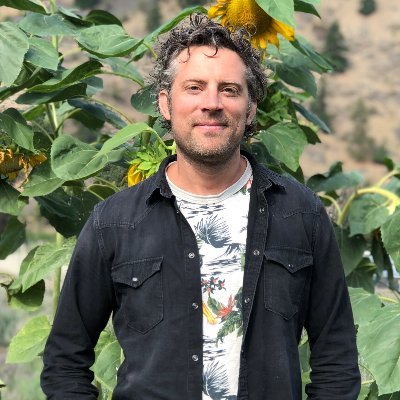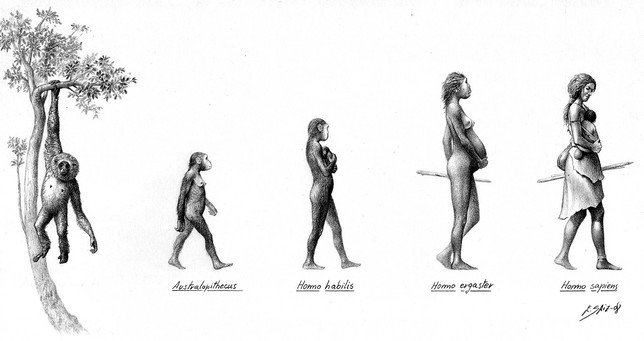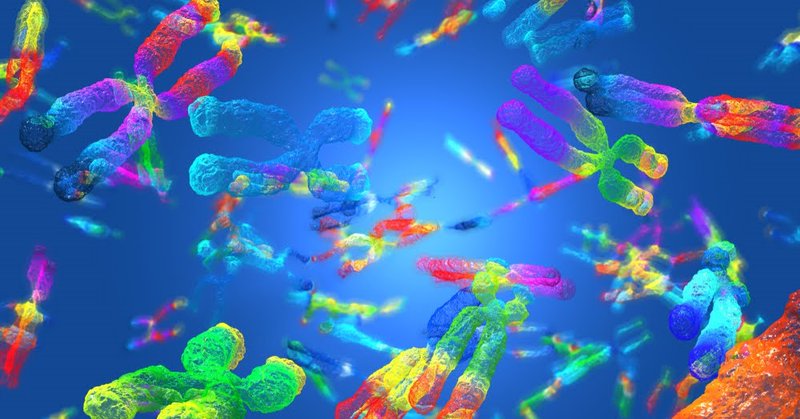
Calen P. Ryan 🌊
@CalenRyan
Followers
664
Following
6K
Media
229
Statuses
3K
PhD Research Scientist. Reproduction, Aging, Evolution, & (Epi)genetics🧬Stats and R nerd. Martial Artist. Motorcyclist🏍Outdoorsy⛺️ Aquatec🎧. He/him/eh 🇨🇦
WPG, VAN, CHI, NYC
Joined January 2015
Trying to find evolution schemes depicting women. If you have one or wish to contribute, post here! #sciart #evolution (image: Eduardo Saiz)
18
225
512
New work looking at how epigenetic clocks and cell composition derived from Illumina EPICv1 and v2 compare, led by our outstanding colleagues @UBC @koborlab Always thrilled to publish with such a great team!.
Ever wondered about compatibility of @illumina #infinium V1 versus V2 #arrays for #epigenetics population studies including #epigenetic age & #risk scores? Check out our newest, courtesy of our wonderful #bioinformatics team and an awesome group of amazing @collaborators - enjoy!.
0
0
6
RT @AnnaMedaris: My latest story for @AARP is live! As a bonus, I got to hang out with my editor IRL at this past weekend's @AHCJ conferenc….
0
1
0
RT @LifespanIO: 🧬What is the link between telomeres and aging, and why does caloric restriction appear to influence them?.A new study sheds….
www.lifespan.io
A recent study from Penn State University may shed more light on the link between telomeres, aging, and why caloric restriction appears to influence them. Telomeres are linked to aging […]
0
4
0
Stimulating questions and great discussion on our recent paper with @eabrown18 - read more about it in her article with @NatGeo!.
Not news for us moms, but interesting nonetheless! By @eabrown18 for @NatGeo .
5
0
3
Needless to say, more work on the relationship between pregnancy and aging is needed! Good news is the NIA is aware and is taking this seriously.
www.nia.nih.gov
NIA’s Division of Aging Biology hosted the workshop, Long-Term Effects of Pregnancy on Aging.
1
0
2
Using conservative estimates from our longitudinal analysis, we estimate the effect of each pregnancy to be about 2.4-2.8 months of biological aging, which based on a meta-analysis of Chen et al. amounts to a 0.5-0.8% increase in mortality risk.
www.aging-us.com
Aging | doi:10.18632/aging.101020. Brian H. Chen, Riccardo E. Marioni, Elena Colicino, Marjolein J. Peters, Cavin K. Ward-Caviness, Pei-Chien Tsai, Nicholas S. Roetker, Allan C. Just, Ellen W....
1
0
1
We measured biological aging using 6 epigenetic clocks, a family of revolutionary tools for studying aging and predicting health and longevity. You can read more about them in my not too out-of-date review article.
onlinelibrary.wiley.com
All humans age, but how we age—and how fast—differs considerably from person to person. This deviation between apparent age and chronological age is often referred to as “biological age” (BA) and...
2
0
3
We previously showed that parity was associated with biological aging among post-menopausal women. Here, we asked if it is possible to detect these ‘costs of reproduction’ among young adults, decades before they start to show signs of disease or mortality.
“Parity predicts biological age acceleration in post-menopausal, but not pre-menopausal, women” by ✋ + @whastings2012 + @asher_rosinger + @CalenRyan is out in @SciReports today (! A small-ish 🧵 breaking down what we found: (1/n)
1
0
3










